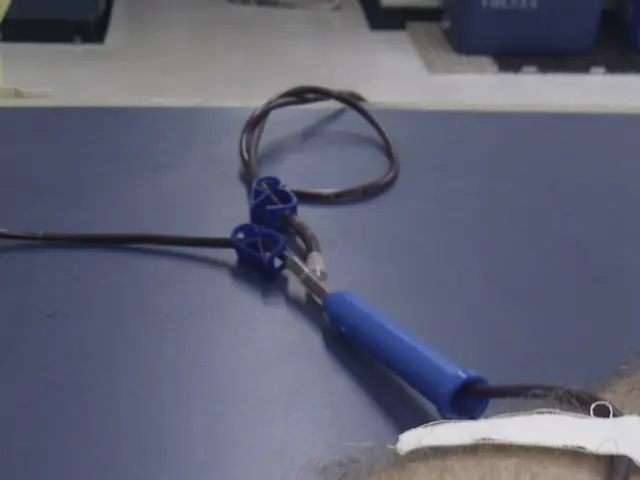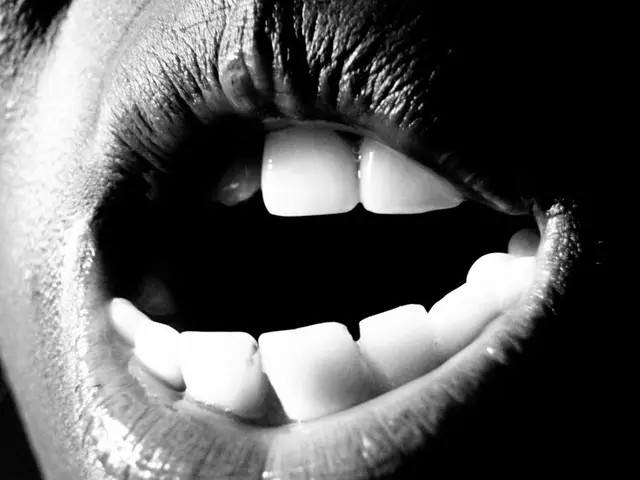Unveiling the Mechanics of the Human Blockhead
In the realm of circus sideshows, one act that continues to intrigue and astonish audiences is the "human blockhead" trick. This act, where a performer appears to hammer a nail or spike into their nasal cavity, is a spectacle that relies more on anatomical placement and physiological resilience than actual self-harm.
**Anatomical Insights**
The nasal cavity, the site of the blockhead trick, extends from the nostrils (external nares) to the choanae, opening into the nasopharynx. The cavity is divided by the nasal septum, with the hard palate forming the floor. The primary access point for the trick is the nasal vestibule, a soft, fleshy area just inside the nostril, lined with skin and soft tissue, not bone.
Performers carefully angle the nail or spike to avoid contact with the upper nasal bones, which would cause pain and potential injury. The trick also avoids major vascular structures and the delicate nasal mucosa deeper in the cavity. Complications only arise if the performer misdirects or forces the object beyond the safe vestibule area.
**Physiological Factors**
Regular performers may develop a higher tolerance for discomfort in the nasal vestibule, which is less densely innervated than fingertips. The nasal mucosa naturally secretes mucus, slightly lubricating the inserted object and reducing friction. The nasal vestibule's blood supply is minor, so the risk of significant bleeding is low if the trick is performed correctly.
**Performance Techniques**
The nail or spike is often shorter than it appears, or may be retractable, creating the illusion of deeper insertion. The object is inserted at a slight upward angle, stopping well before reaching the hard palate or nasal bones. Audible or visual cues, such as tapping the object, enhance the illusion of bone contact.
Cleanliness is crucial to prevent infection, and performers often train extensively to avoid accidental injury. The term "human blockhead" was coined by Melvin Burkhart, according to the Coney Island Circus Sideshow, who is credited with inventing the trick.
**The Myth of Skull Penetration**
Contrary to appearances, no actual penetration of the skull or nasal bones occurs during the human blockhead trick. The effect is purely for show, relying on anatomical knowledge, precise technique, and audience misdirection.
*Note: There is no scientific literature directly addressing the blockhead trick; this explanation is based on standard anatomical knowledge and commonly reported performance techniques.*
The nasal cavity is not entirely smooth and straight; its walls are made up of several grooves known as conchae. The nasal cavity leads almost straight back and is approximately even with the top of the nose, just below the eyes. The human blockhead trick involves a performer hammering a nail into their nostril and sometimes replacing it with other objects.
The photic sneeze reflex, a behavior where some people sneeze when they look at bright light or when they walk from a relatively dark room into bright sunlight, is not related to the human blockhead trick. Sneezing, a reflexive act that usually occurs when something irritates the nasal passageways, can be harder to overcome during the human blockhead trick due to the potential danger of pulling the foreign object further into the nasal passageway or causing sharp objects to scrape against the interior of the passage. Ignoring the sneeze reflex can potentially lead to illnesses, particularly sinus and throat infections, as it is one of the body's defense mechanisms against bacteria and viruses.
The human blockhead trick, intriguing audiences within circus sideshows, is not a demonstration of self-harm as initially perceived, but rather a showcase of anatomical placement and health-and-wellness, as performers carefully avoid harming the nasal vestibule and major vascular structures. In contrast, health-and-wellness practices such as the photic sneeze reflex management are essential for performers to prevent potential infections during the act.




